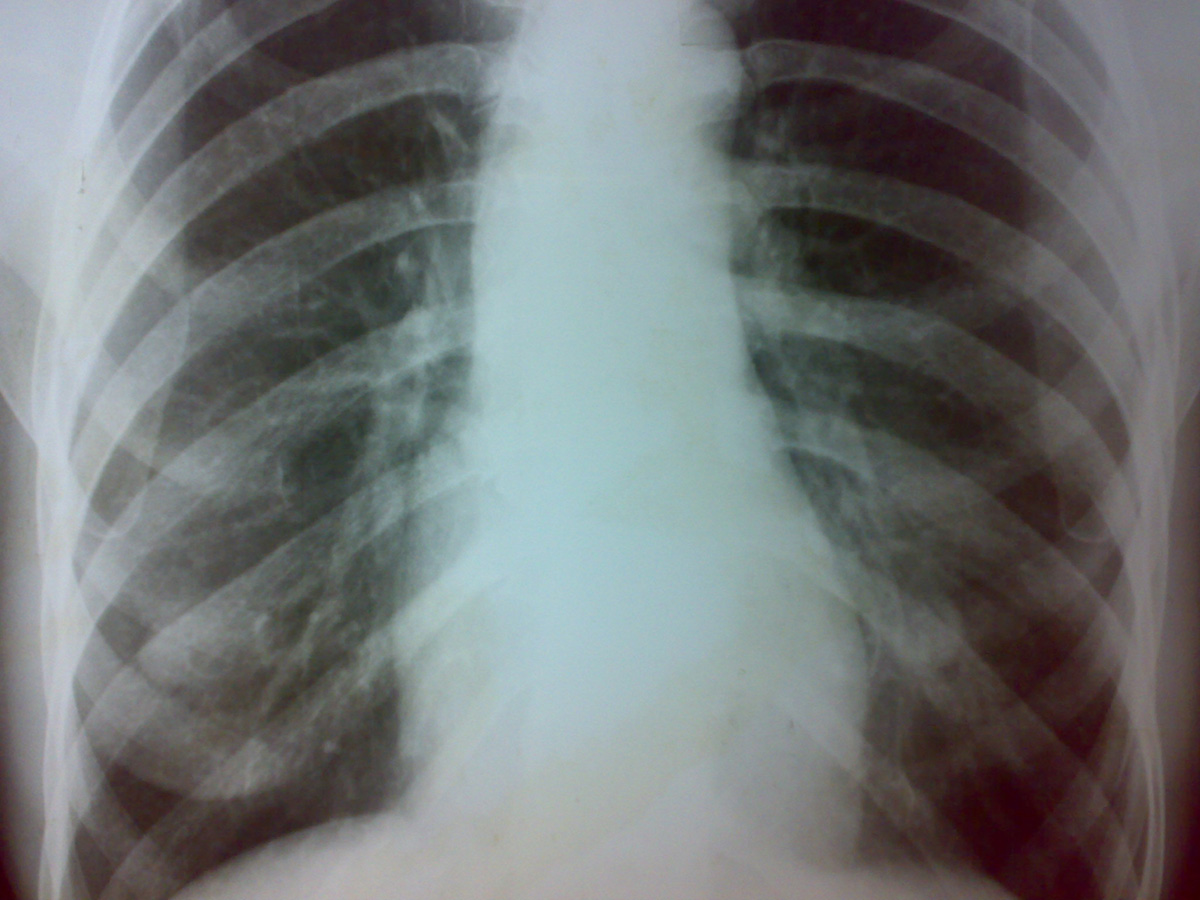
Esophageal cancer spread rate
Many forms of cancer of the esophagus exist but two of them are seen more often than others. These are Squamous cell carcinoma and adenocarcinoma. The first form of this type of cancer begins in the squamous cells and the cancer is almost always located in the upper and middle part of the esophagus. However, the cancer can be seen anywhere along the organ. Glandular or secretory cells are where adenocarcinoma is developed. These cells are located in the lining of the esophagus and their main function is to release certain fluids like mucus. Adenocarcinomas are most often discovered in the lower part of the organ, closer to the stomach.Every cancer type has certain risk factors. Risk factors are anything that increases the chance of developing cancer. Certain risk factors cannot be avoided but some can. Smoking and alcohol drinking are two risk factors of esophageal cancer that can be avoided. However, being male or African-American cannot be avoided. Age is another risk factor of cancer of the esophagus. A certain condition called Barrett esophagus is considered to increase the risk of cancer of the esophagus as well.
All cancer types tend to spread to other tissues and organs. Three ways in which cancer can spread in the body exist. The most often seen way of cancer spreading is through tissue as the cancer cells attack the surrounding normal tissue. Cancer can spread through the lymph system as well. In addition to these two ways of spreading, cancer can also spread through blood. The veins and capillaries are invaded and through them the cancer will travel to any part of the body.In situations when the cancer cells break away from the primary tumor and invade other tissue, a secondary growth may develop. Metastasis is the name of this process. The secondary tumor will be of the same cancer as the primary one.
Pain in esophageal cancerIn situations where the cancer was discovered in the early stages there is more chance of the treatment being successful. In order for the cancer to be diagnosed in the early stages, it is vital to look out for the signs and symptoms of it. Painful or difficulty swallowing and weight loss are two of the most often seen signs of cancer of the esophagus. Apart from these two other symptoms can occur like pain behind breastbone, hoarseness and cough and indigestion and heartburn. The problem of diagnosing this type of cancer is that its symptoms are the same in various other conditions.
The doctors will order several tests in order to properly diagnose cancer of the esophagus. Chest x-ray, barium swallow, esophagoscopy and biopsy are tests that are being used in almost all situations when the diagnosis needs to be made. Apart from ordering these tests, the doctor will talk to the patient about the symptoms, his or her medical history and perform a physical exam. Before making a prognosis, the doctor will take certain factors like the size of the tumor, the stage of the cancer and whether it has spread to other tissues and the general health of the patient into consideration.Staging of cancer is being done with the use of specific tests and scans like computed tomography or CT, positron emission tomography or PET, thoracoscopy and laparoscopy. Staging of cancer is a significant part in the process of creation of treatment plan for the patient. Four stages of cancer of the esophagus exist. Stage 0 is called carcinoma in situ and in this stage abnormal cells are discovered in the innermost layer of tissue lining the esophagus. In stage I the cancer has formed and spread out of the innermost layer. Stage II is divided into two stages. The place where the cancer has spread determines the stage. Cancer may spread to the layer of esophageal muscle or it may spread to any of the first three layers of the esophagus and to surrounding lymph nodes. Stage III is characterized by the cancer breaking out to the outer wall of the organ and possibly spreading to the tissues and lymph nodes that are near. The final stage is also divided into two stages depending on the fact where the cancer has spread. The cancer can spread to nearby or distant lymph nodes or it can spread to lymph nodes or organs that are nowhere near the esophagus.

















Your thoughts on this
Loading...